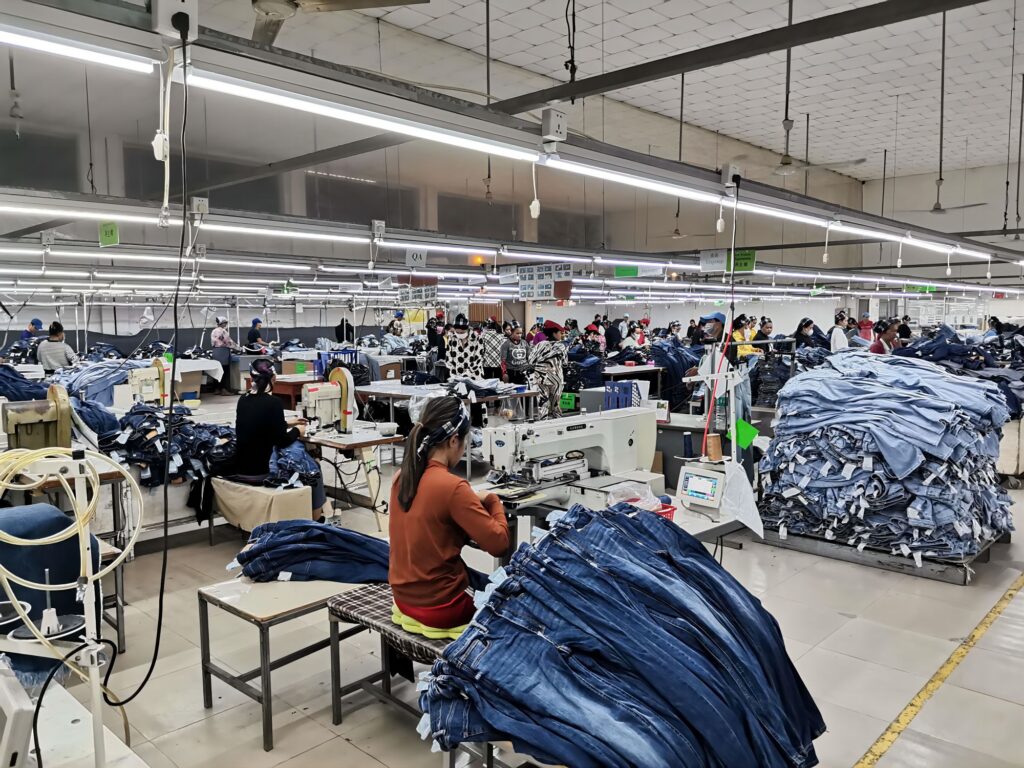The Importance of Quality Control in Apparel Manufacturing: A Comprehensive Guide to 7 and 9 Quality Checkpoints

When it comes to clothing manufacturing, quality control is a crucial aspect that cannot be ignored. Apparel quality control ensures that the garments produced are of the highest quality, meet customer expectations, and comply with industry standards. In this article, we will discuss the seven and nine quality control checkpoints in clothing manufacturing and how they can help apparel factories produce high-quality garments that meet customer expectations.
Understanding Apparel Quality Control
Apparel quality control is a process that involves checking the quality of garments at various stages of the manufacturing process, from the initial design stage to the final production stage. The main objective of apparel quality control is to ensure that the garments produced are of the highest quality, meet customer expectations, and comply with industry standards.
In clothing manufacturing, quality control involves several processes, including fabric inspection, pattern grading, sample making, fitting, and final inspection. The quality control process is typically divided into seven or nine checkpoints, depending on the specific requirements of the apparel factory.
The Seven Quality Control Checkpoints
The seven quality control checkpoints are:
1. Fabric Inspection
Fabric inspection involves checking the quality of the fabric before it is cut and sewn. The fabric is inspected for color, texture, and quality to ensure that it meets the requirements of the garment design.
2. Cutting
The cutting process involves cutting the fabric into the required shapes and sizes. During the cutting process, the fabric is inspected for defects, such as holes, stains, or tears, to ensure that the final product is of the highest quality.
3. Sewing
The sewing process involves stitching the fabric pieces together to create the final garment. During the sewing process, the quality of the stitching is checked to ensure that the seams are straight, strong, and neat.
4. Pressing
The pressing process involves using a pressing machine to flatten and smooth the fabric. During the pressing process, the fabric is inspected for wrinkles, creases, or any other defects that may affect the appearance of the final garment.
5. Finishing
The finishing process involves adding the final touches to the garment, such as buttons, zippers, and labels. During the finishing process, the quality of the finishing is checked to ensure that it meets the requirements of the garment design.
6. Final Inspection
The final inspection involves checking the finished garment for defects and ensuring that it meets the requirements of the garment design. During the final inspection, the garment is checked for color, size, fit, and overall quality.
7. Packing and Shipping
The packing and shipping process involves packaging the finished garment and shipping it to the customer. During the packing and shipping process, the garment is checked for any defects that may have been missed during the previous quality control checkpoints.
The Nine Quality Control Checkpoints
Some apparel factories follow a more detailed quality control process that involves nine checkpoints. The additional checkpoints are:
8. Measurement
The measurement checkpoint involves checking the garment’s measurements to ensure that it meets the requirements of the garment design.
9. Performance Testing
The performance testing checkpoint involves testing the garment’s performance, such as its durability, colorfastness, and shrinkage, to ensure that it meets the requirements of the garment design.
Conclusion
In summary, apparel quality control is a critical aspect of clothing manufacturing that cannot be ignored. The seven and nine quality control checkpoints ensure that the garments produced are of the highest quality, meet customer expectations, and comply with industry standards. By following these checkpoints, apparel factories can produce high-quality garments that are durable, comfortable, and aesthetically pleasing.
FAQs
- What are the seven quality control checkpoints in clothing manufacturing?
- The seven quality control checkpoints in clothing manufacturing are fabric inspection, cutting, sewing, pressing, finishing, final inspection, and packing and shipping.
2. What are the nine quality control checkpoints in clothing manufacturing?
- The nine quality control checkpoints in clothing manufacturing are the same as the seven checkpoints, plus measurement and performance testing.
3.Why is apparel quality control important?
- Apparel quality control is important because it ensures that the garments produced meet customer expectations, comply with industry standards, and are of the highest quality.
4.Who is responsible for apparel quality control?
- Apparel quality control is the responsibility of the apparel factory, which should have a dedicated quality control team to ensure that the garments produced meet the required quality standards.
In conclusion, apparel quality control is an essential process that ensures that the garments produced are of the highest quality, meet customer expectations, and comply with industry standards. The seven and nine quality control checkpoints in clothing manufacturing help apparel factories produce high-quality garments that are durable, comfortable, and aesthetically pleasing. By following these checkpoints, apparel factories can improve customer satisfaction and build a positive reputation in the fashion industry.



